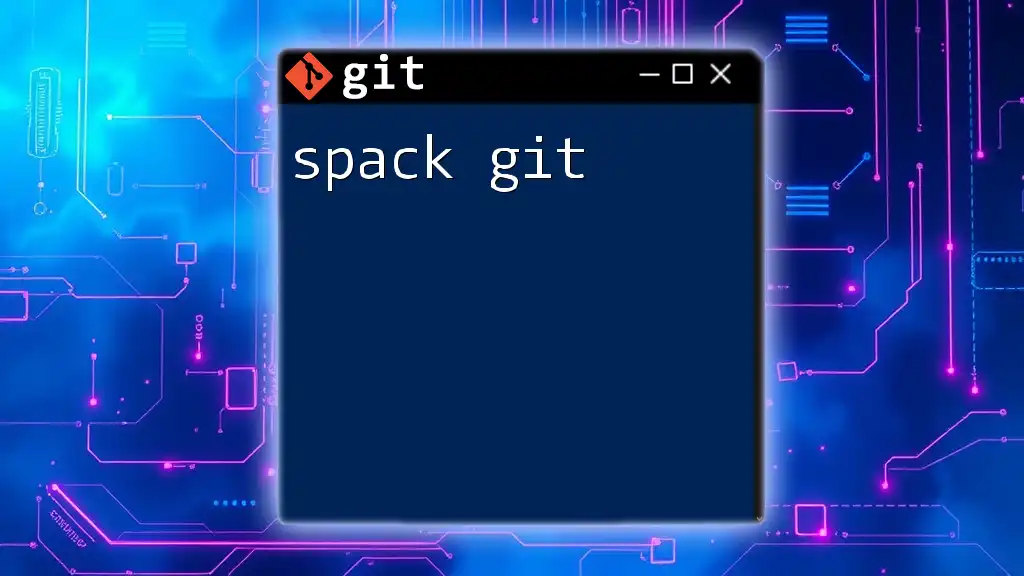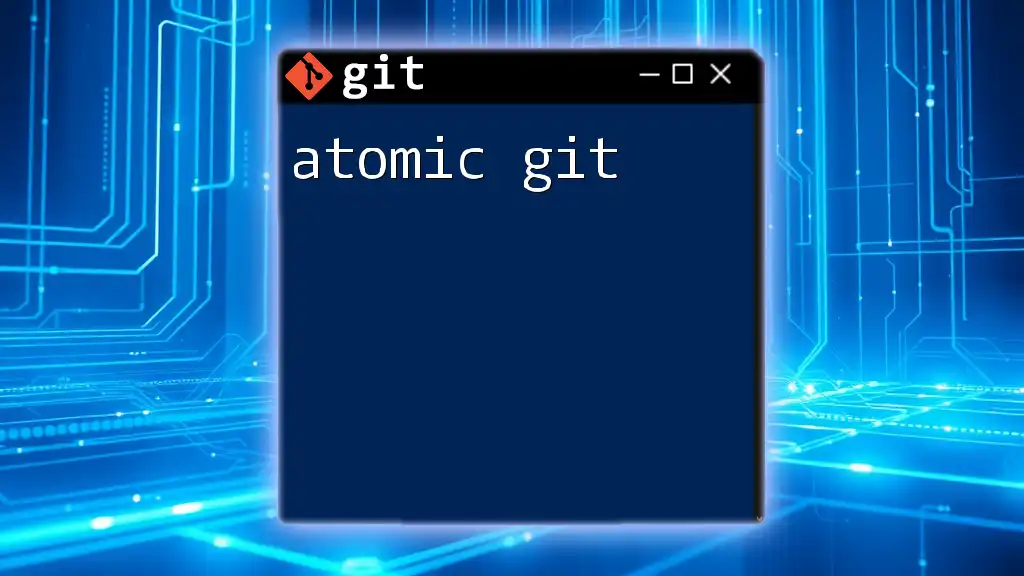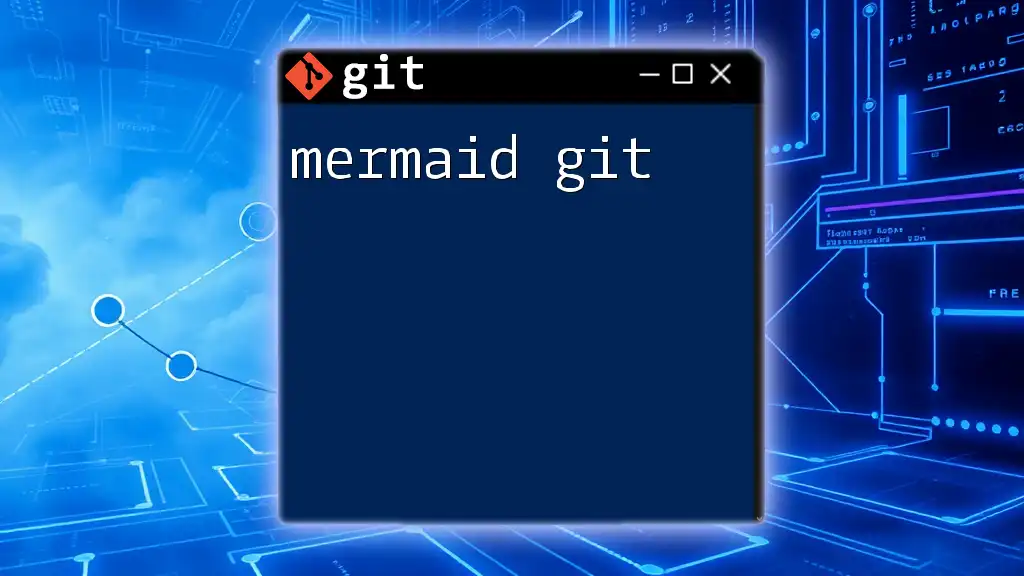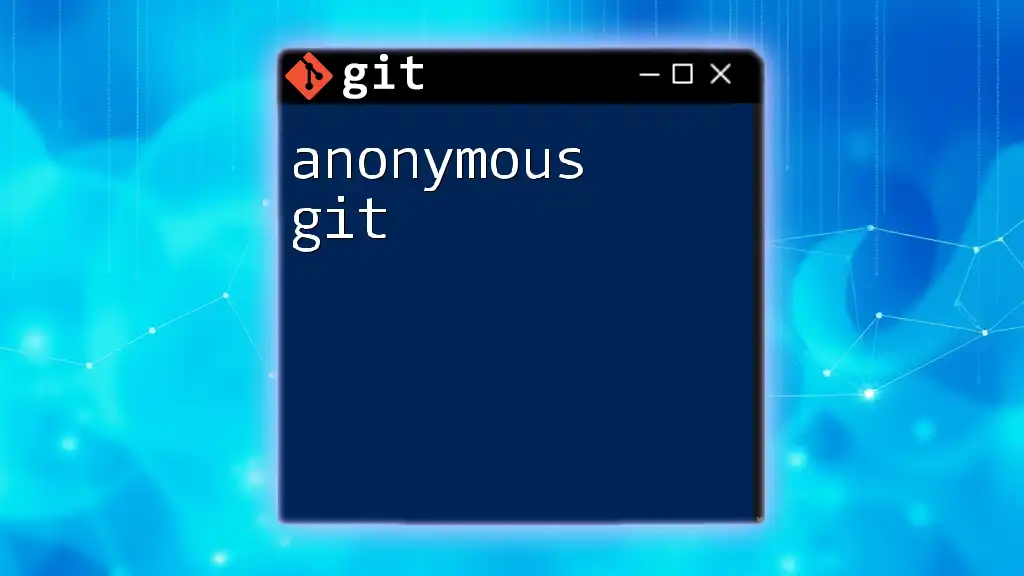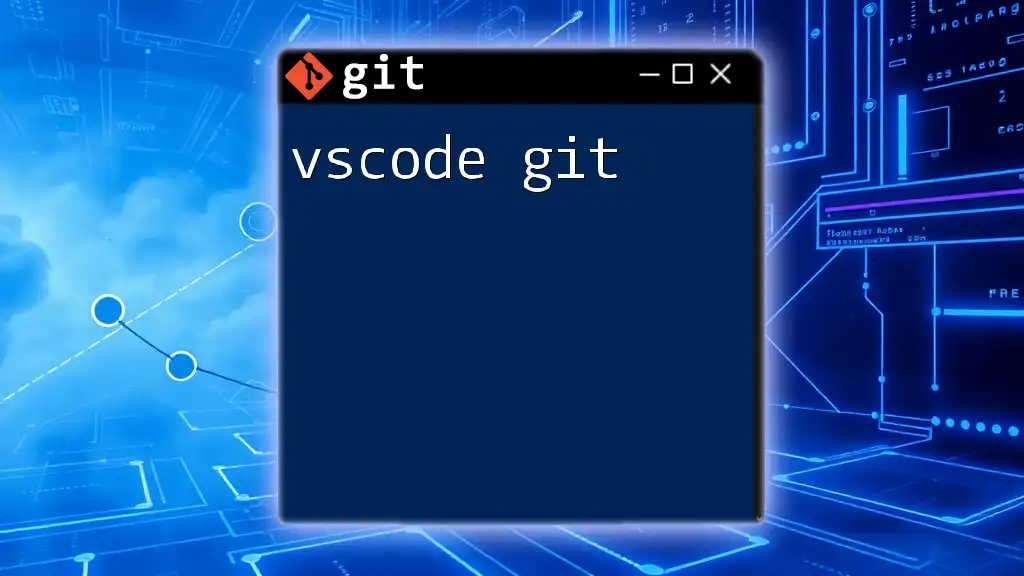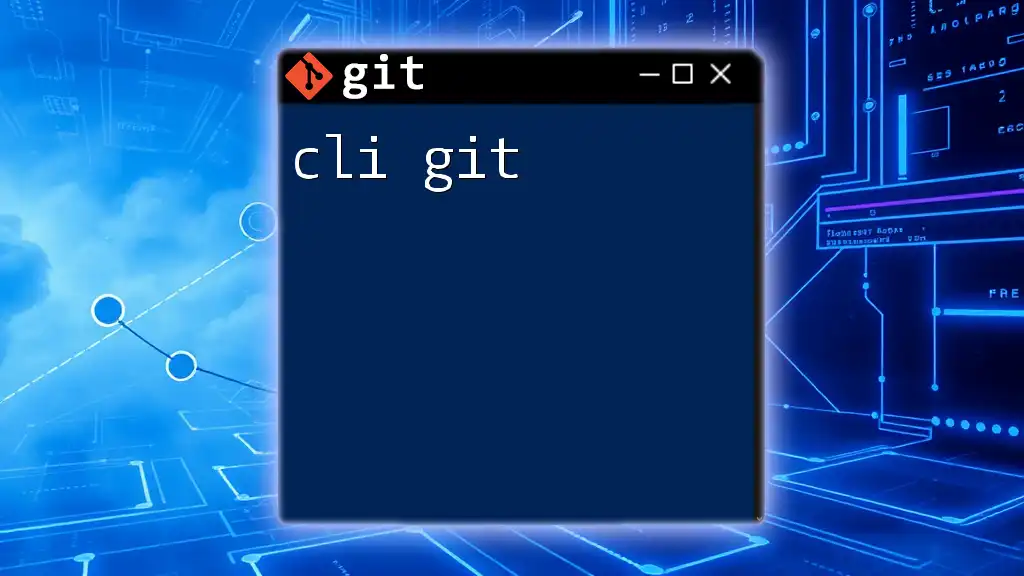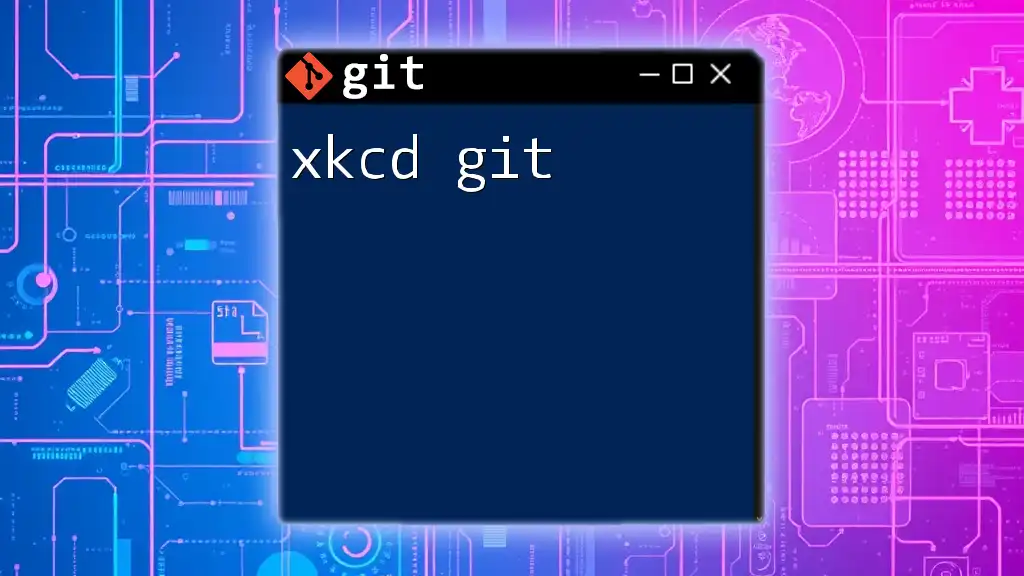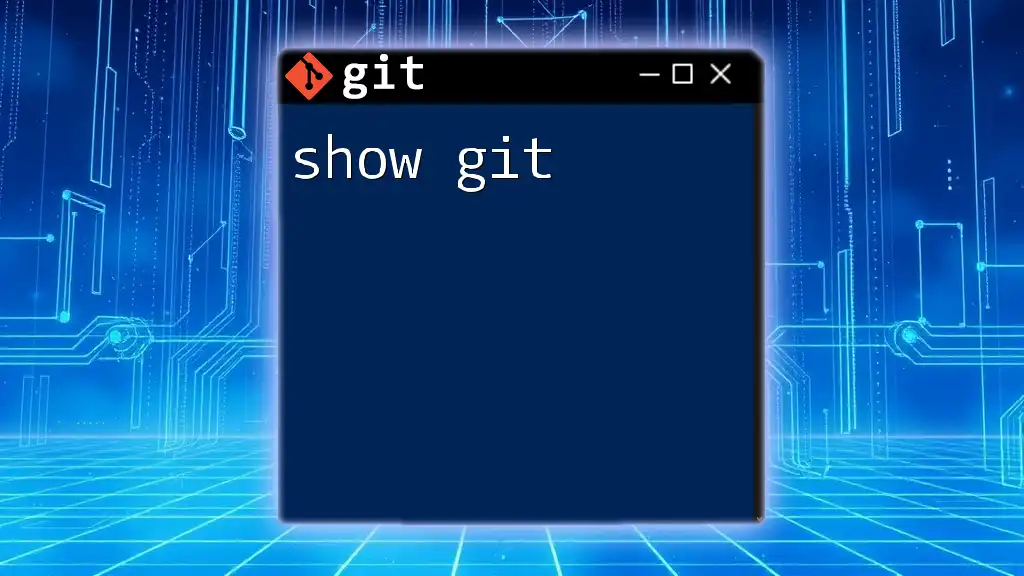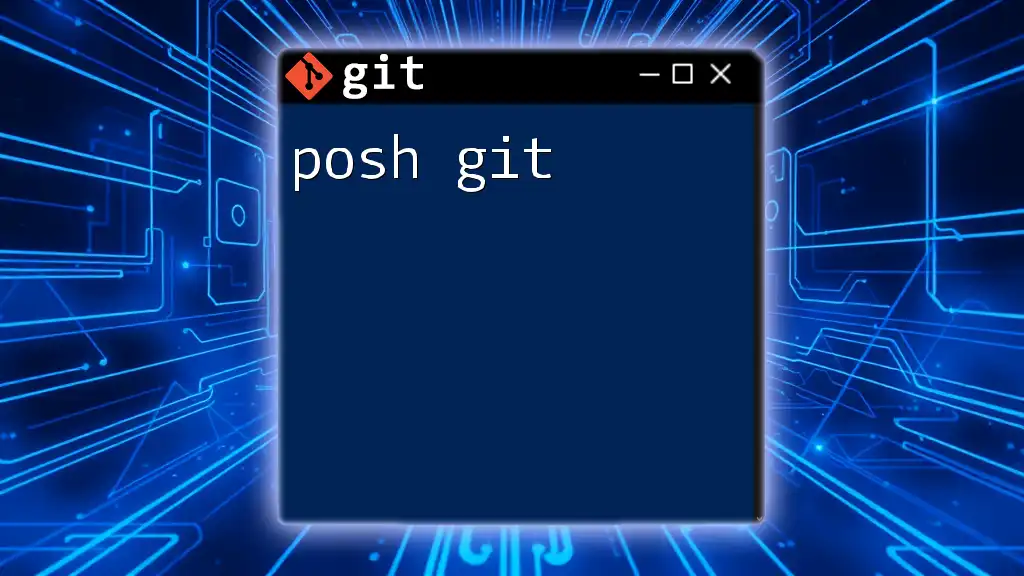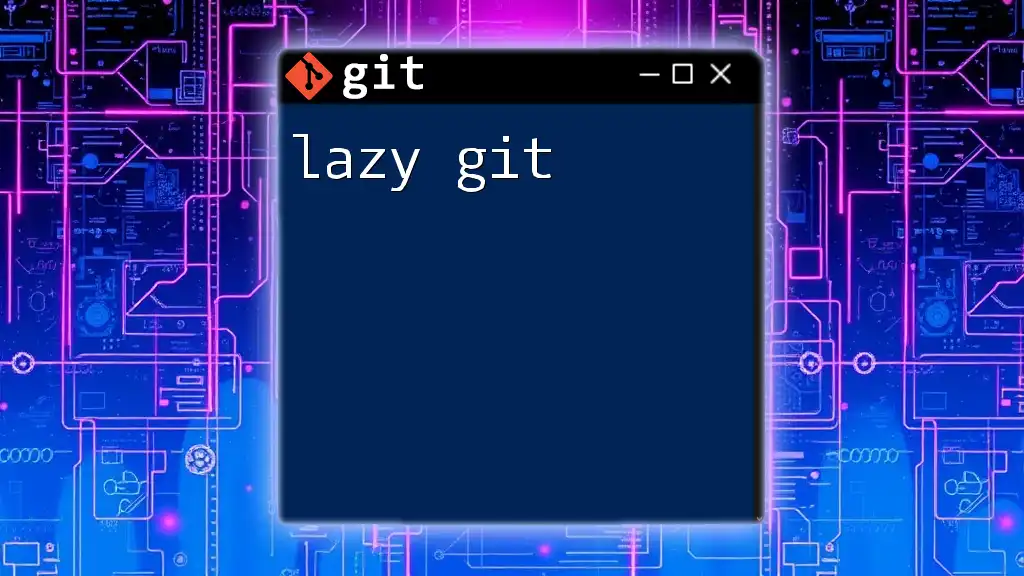macOS Git is a version control system that allows developers to track changes in their code, collaborate with others, and revert to previous versions efficiently using terminal commands.
Here's a sample Git command to initialize a new repository on macOS:
git init my-repository
Installing Git on macOS
Using Homebrew
Homebrew is a powerful package manager for macOS that simplifies software installation. To get started, first ensure you have Homebrew installed on your system.
To install Homebrew, use the command:
/bin/bash -c "$(curl -fsSL https://raw.githubusercontent.com/Homebrew/install/HEAD/install.sh)"
Once Homebrew is installed, you can easily install Git by running the following command:
brew install git
This will download Git and its dependencies, configuring everything needed for your development environment.
Downloading from Source
As an alternative to Homebrew, you can download Git from the source. This method is preferred by advanced users who wish to customize their Git installation.
To do this, first clone the Git repository:
git clone https://github.com/git/git.git
After cloning, navigate into the directory:
cd git
Compile and install:
make prefix=/usr/local all
sudo make prefix=/usr/local install
Make sure you have all necessary dependencies installed, such as `curl`, `gettext`, `expat`, and `zlib`.
Verifying the Installation
To verify that Git was installed correctly, you can check the installed version by running:
git --version
If you encounter issues, ensure that your installation paths are correct, and that there are no conflicting installations.
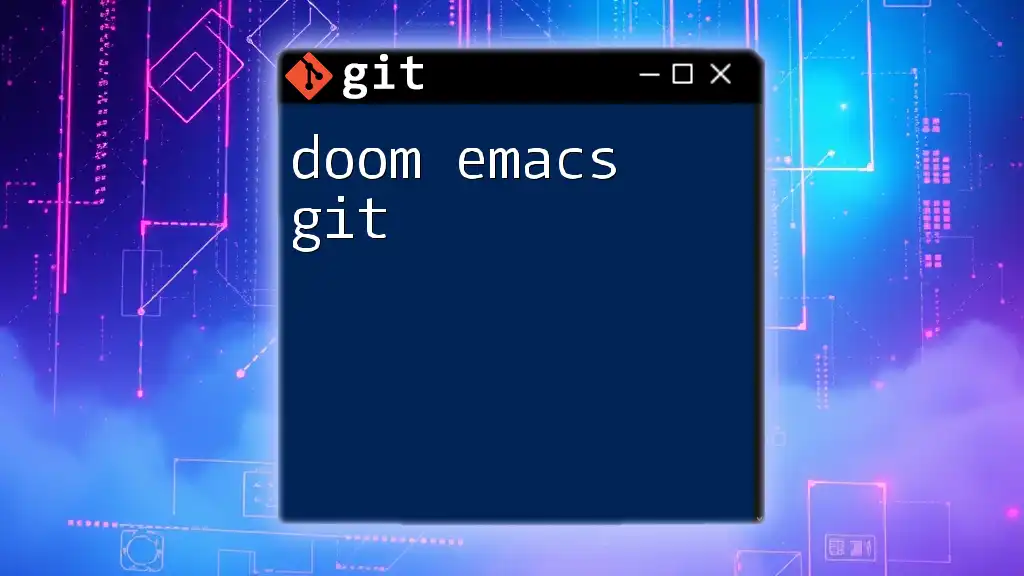
Basic Git Commands
Initializing a Git Repository
To start using Git for your project, you’ll need to initialize a Git repository. This can be done by navigating to your project directory and running:
git init
This command creates a new `.git` directory at the root of your project, which will track all changes made.
Cloning a Repository
If you want to work on an existing project, you can clone the entire repository using its URL:
git clone <repository-url>
This command creates a local copy of the repository, including all its version history. It’s crucial to understand the difference between local and remote repositories at this stage.
Staging Changes
Staging is an essential concept in Git, allowing you to prepare changes before committing them. You can stage files using:
git add <file-name>
If you wish to stage all modified files, use:
git add .
This command prepares your changes for the next commit, allowing you to selectively choose what to include.
Committing Changes
Once your changes are staged, it's time to commit them. A commit is like a snapshot of your repository at a specific point in time. You can commit your changes with:
git commit -m "Commit Message"
Make sure your commit messages are descriptive and convey the purpose of the change. A good message helps maintain clarity in your project history.
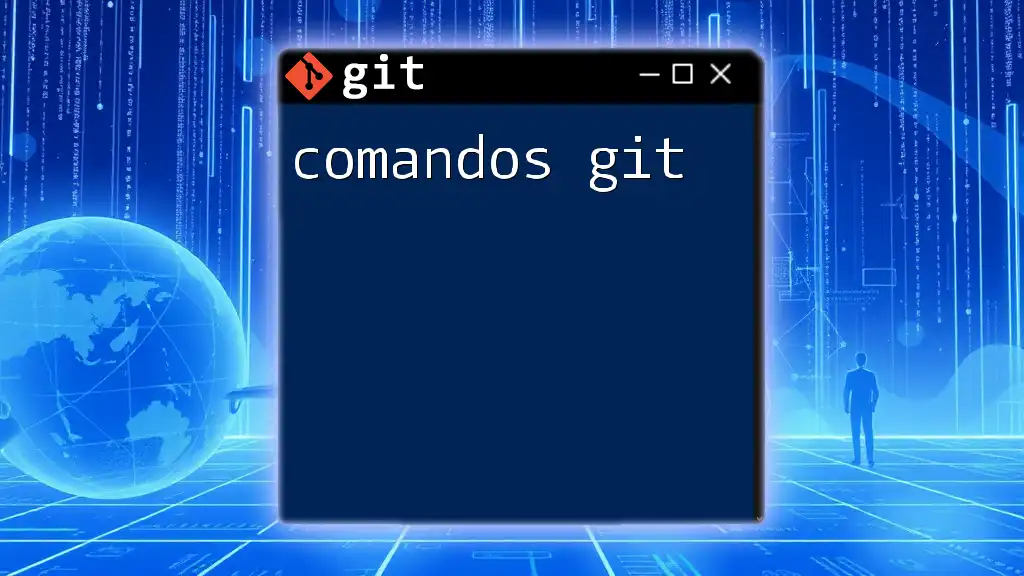
Branching and Merging
Understanding Branches
Branches are fundamental to the way Git facilitates parallel development. By default, Git initializes a repository with a master branch. To create a new branch, use:
git branch <branch-name>
Branches allow you to work on different features or fixes without affecting the main codebase.
Switching Branches
To switch from one branch to another, you can run:
git checkout <branch-name>
If you’re using Git version 2.23 or later, you can use the more intuitive `git switch` command:
git switch <branch-name>
Be aware of the Detached HEAD State, which occurs when you check out an existing commit rather than a branch. Always work on branches to maintain a clear history.
Merging Branches
To merge changes from one branch into another, first switch to the target branch and then run:
git merge <branch-name>
If there are conflicting changes, Git will prompt you to resolve these conflicts. Understanding how to handle these situations is essential for maintaining a smooth workflow.
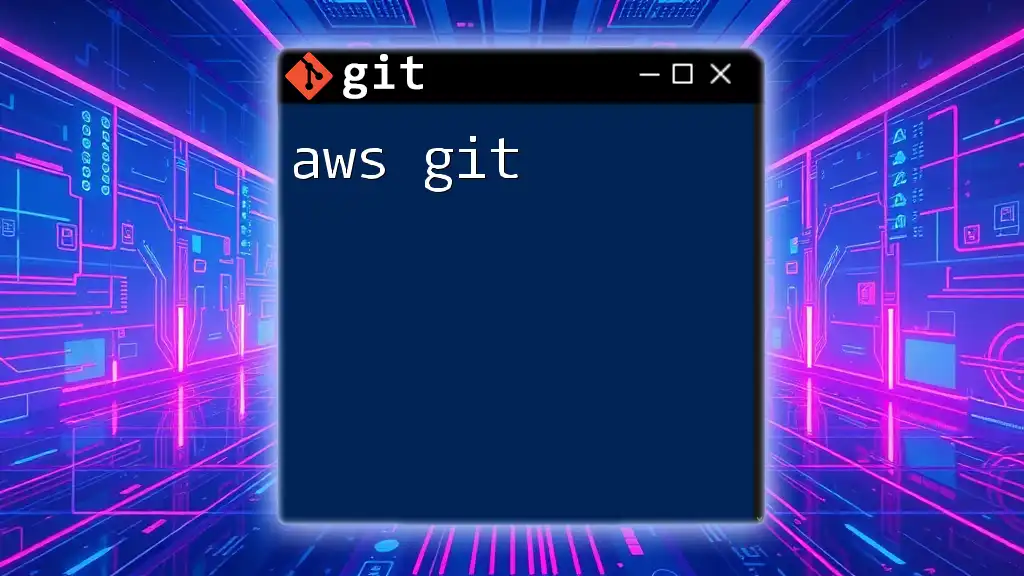
Working with Remotes
Adding a Remote Repository
Working with remote repositories is crucial for collaboration. You can add a remote repository using:
git remote add <name> <url>
This command sets up a link to a remote repository, allowing you to fetch and push changes.
To verify added remotes, you can use:
git remote -v
Push and Pull Commands
After making local changes, you’ll want to push them to the remote repository:
git push origin <branch-name>
This command uploads your changes, making them available to others. Conversely, to update your local repository with changes from the remote, use:
git pull origin <branch-name>
This command fetches and merges changes from the remote repository into your local branch.
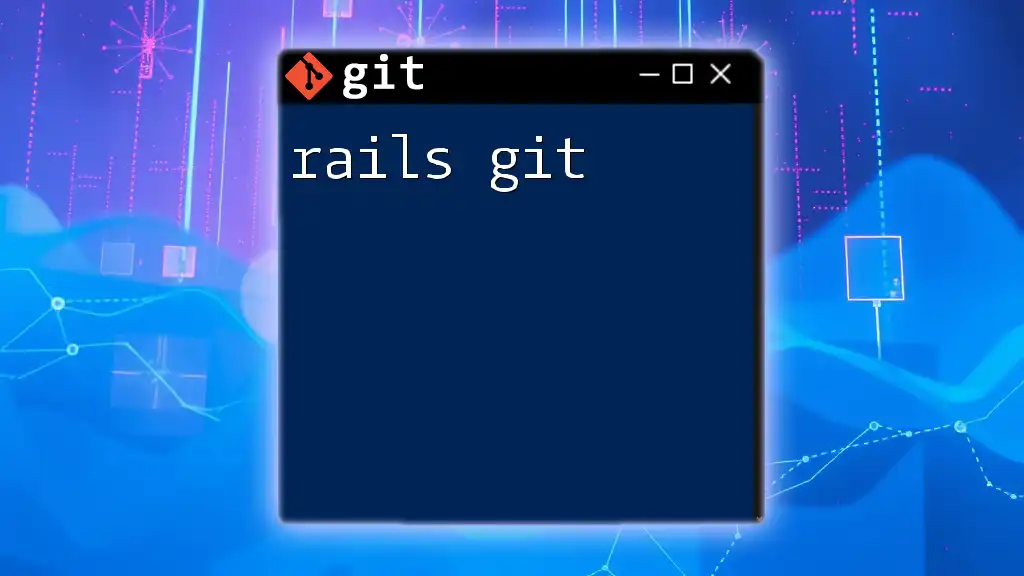
Git Configuration
Setting Up User Information
For Git to correctly attribute your commits, configure your user information:
git config --global user.name "Your Name"
git config --global user.email "you@example.com"
Once set, these configurations will apply to all repositories unless overridden.
Configuring Default Editor
You may want to set your preferred text editor for writing commit messages. For example, if you prefer `nano`, run:
git config --global core.editor nano
This command sets `nano` as your default editor, but you can choose from a variety of editors like `vim`, `emacs`, or even GUI options.
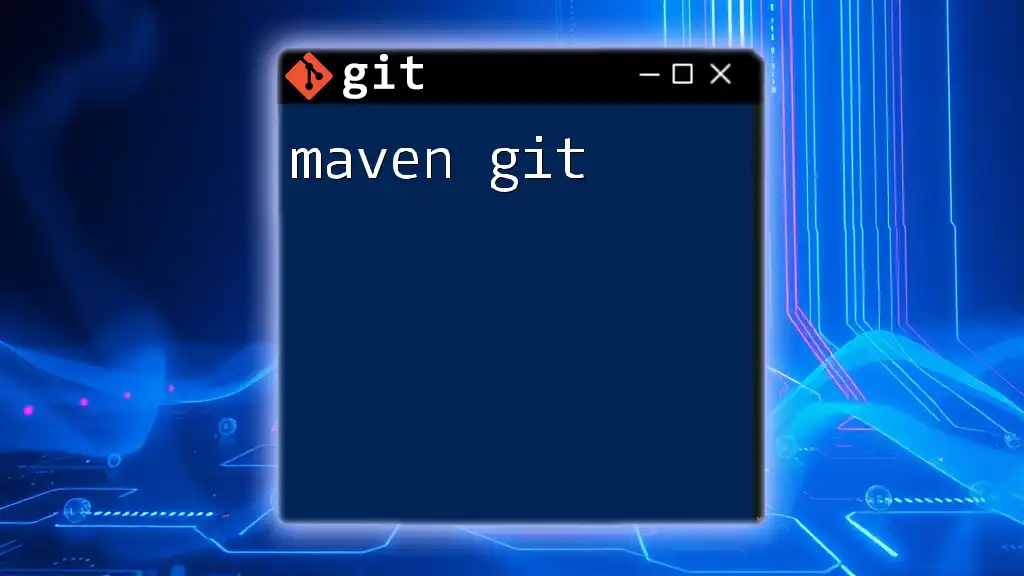
Git Aliases for macOS
Importance of Aliases
Aliases allow you to create shortcuts for commonly used commands, speeding up your workflow and reducing effort.
Creating Git Aliases
For instance, to set up an alias for the checkout command, you can run:
git config --global alias.co checkout
Other useful aliases include:
- `git config --global alias.br branch`
- `git config --global alias.cm commit`
- `git config --global alias.st status`
Creating aliases simplifies the process of using frequently executed commands.

Common Troubleshooting Tips
Checking Status
The `git status` command is invaluable for staying informed about your repository’s state. Running:
git status
provides real-time feedback about staged, modified, and untracked files, helping you manage your changes effectively.
Fixing Merge Conflicts
Merge conflicts may occur when Git can’t automatically reconcile changes. When faced with a conflict, you can resolve it using:
git mergetool
This command opens a merge resolution tool that helps you manually resolve conflicts. Follow best practices by reviewing changes carefully and testing the outcome.
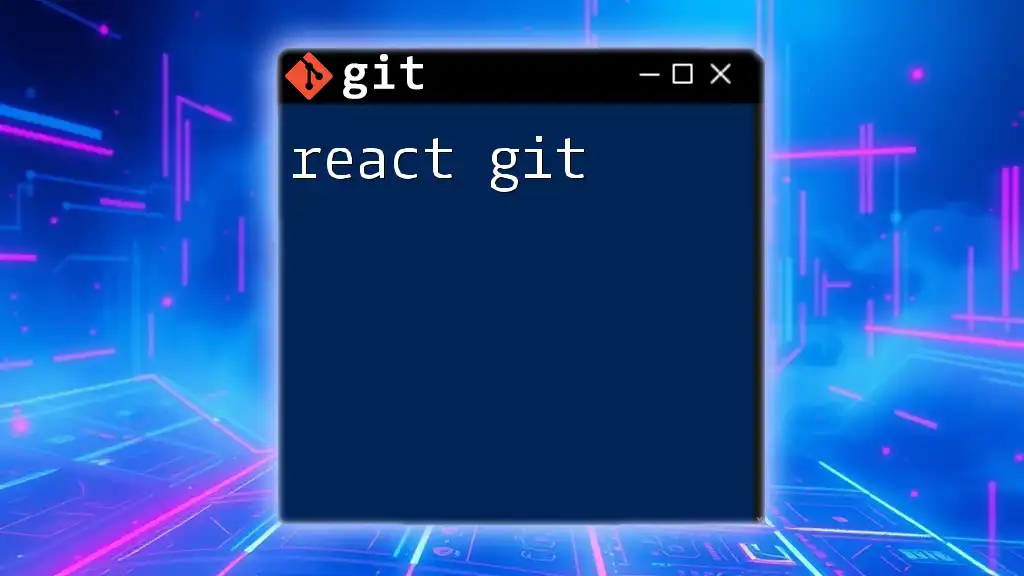
Conclusion
By mastering the commands and concepts outlined in this guide, you will significantly enhance your workflow with macOS Git. The key to becoming proficient lies in consistent practice and familiarization with Git commands. As you build your skills, don’t hesitate to explore further resources to deepen your understanding and expertise. Happy coding!







